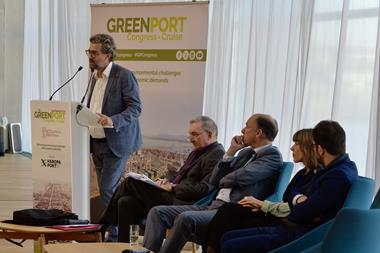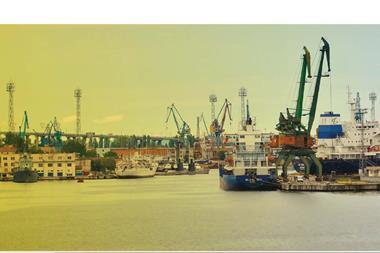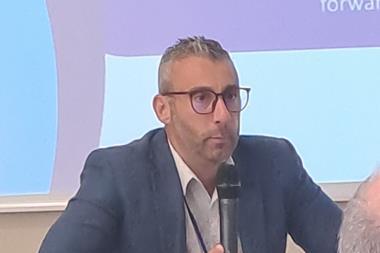The green transition is prompting a profusion of ideas among port operators, who not only have to consider their own operations, they also have to think about how freight and people reach them.
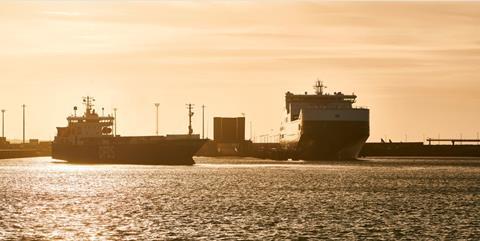
The GreenPort Congress focused on this in two sessions – one considering green corridors by ocean, the other considering them over land, or in other words, in a multi-modal model.
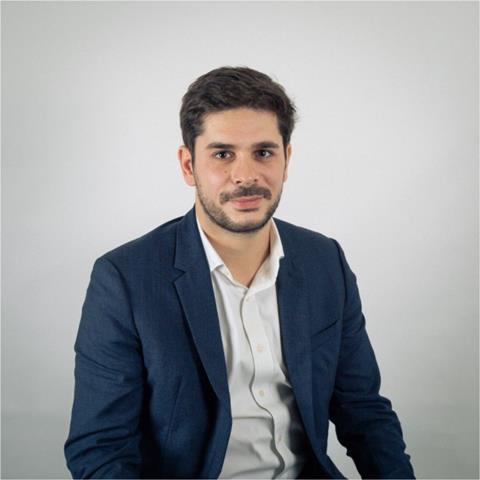
Pierre de Bellabre, Multimodality Project Director at HAROPA Port, said they were looking at all inland initiatives and how to support the small lines that connected the terminals and industries.
“We are going to focus on improving the connection of maritime terminals to the river network,” he said. “The development of inland terminals is at the heart of our strategy.”
The rail network had to be adapted, he said; direct services needed to be offered to maritime terminals; national rail projects had to be aligned with this; and secure access conditions ensured, such as length and tonnage.
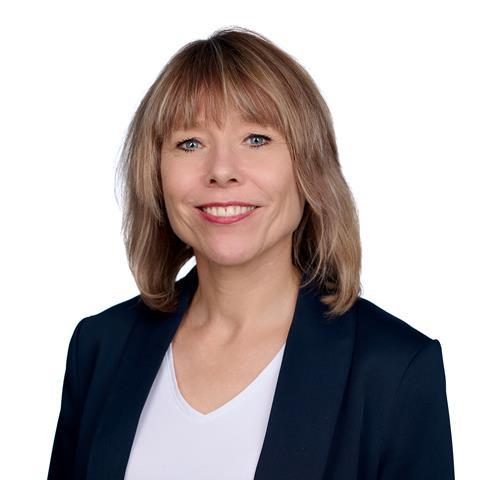
Summing up the panel on multi-modal infrastructure, Kyra Lemmons, Commercial Manager of Logistics at the Dutch Port of Moerdijk, said everyone was facing the same challenges and opportunities.
“There are technical solutions to help move cargo from road to barge, and it’s interesting to see the additional services that we can offer,” she said. “We have organised all sorts of meetings to cluster the modalities, and at our port we connect companies and let them know how they can work together and strengthen their operations.”
She explained that because of the Red Sea issue, cargo has now moved to Barcelona, where the large vessel loads are being split down into two smaller loads, transported on two smaller ships to two different destinations – one being the Port of Moerdijk – thus avoiding congestion on land.
Green sea corridors
Less of a problem on water is congestion, but so-called green corridors, now in the ideas stage, are being looked at by a number of ports and engineering consultant Royal HaskoningDHV.
Under the Clydebank Declaration signed at COP26, signatories agreed to “facilitate the establishment of partnerships, with participation from ports, operators and others along the value chain, to accelerate the decarbonisation of the shipping sector and its fuel supply through green shipping corridor projects”.
The Port of Dover, the UK’s largest trading port with the EU, claiming 35%, is looking at a range of solutions to turn the ferry routes between Dover and France into ‘green corridors’.

“We’re investigating the feasibility of a green corridor – we want to look at decarbonising the port operations at both ends and then extending it inland as far as we can,” Megan Turner, Environment & Sustainability Manager at the Port of Dover.
“We are responsible for 8% of the UK’s maritime emissions, mostly from ferries, so we are responsible for doing something about that – yet constrained, with the White Cliffs of Dover one side and the English Channel the other.”
The feasibility project investigated optimising ferry schedules to level out the huge peaks when they arrive at port and slumps when they leave.
The port is also looking at battery power – but again, space limitations will be a challenge.

“I think a joined-up approach between road transport and shipping could open up some new synergies,” said Richard Willis, Technical Director at engineering consultancy Royal HaskoningDHV, which is looking at green corridors across the Irish Sea between Liverpool and Belfast. “If we can prove the point and make it happen as a demonstrator, do more locally, such as in Gothenberg, it should happen naturally. However while there are more than 50 green corridors declared, tangible actions are slow.
“We’ve looked at what can be done, looked at what alternative fuels might be acceptable, and a roadmap of how this can be feasible. It is feasible – providing a reliable alternative low-carbon fuel for shipping can be found. We are favouring methanol because it’s too far for electric propulsion, but methanol is very expensive.”
Calls for regulation
In Sweden, two green corridors are being considered between Gothenberg-Zeebrugge, and Gothenberg-Rotterdam.

Edvard Molitor, Head of International Public Affairs and Sustainability, Port of Gothenburg, said there was a very small chance of getting funding, and that regulation would be the only way to get to done because ship owners know there is no business case for it.
“We’ve ticked the box on everything we can do around the green corridor,” he said. “We’ve made sure we have onshore power supply, electric trainlines, electric trucks. But we don’t have ammonia bunkering. But it’s very difficult to get a business case working because the price gap between conventional fuels and the new alternative fuels is still too large. We need regulation to push it – it’s coming.
“We were hoping for incentives of some kind, economic or other, from the states that signed the Clydebank Declaration, but we do not see any examples of this yet, therefore we’re hoping for the regulations to come from the EU to push the price gap to get smaller and smaller. We’re hoping to get the same thing from the IMO, unfortunately that takes a little bit longer, but we’re probably not going to get anything before 2030.”
Register Your Interest for 2025 or contact our delegate team at sales@greenportcongress.com.



